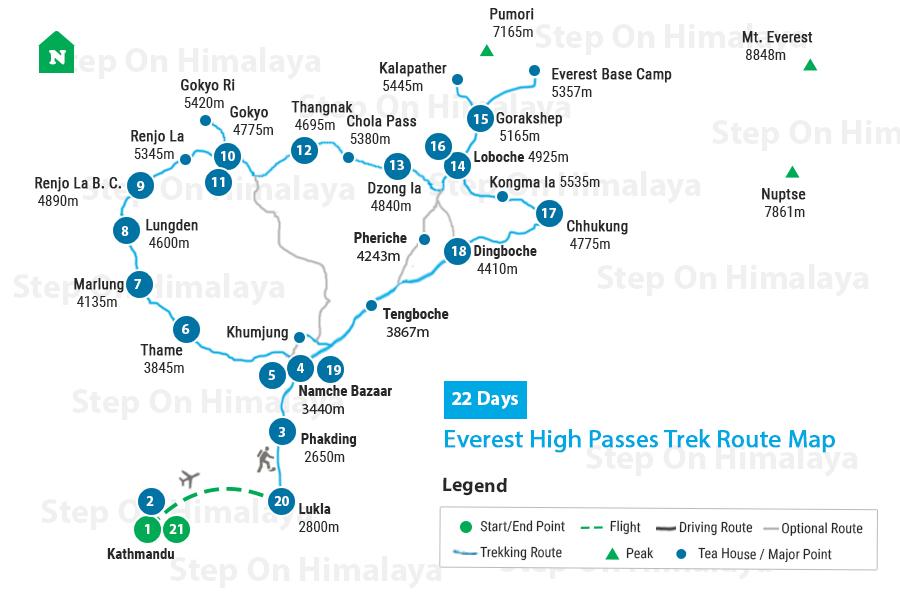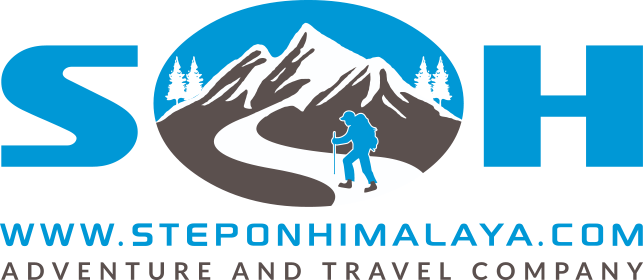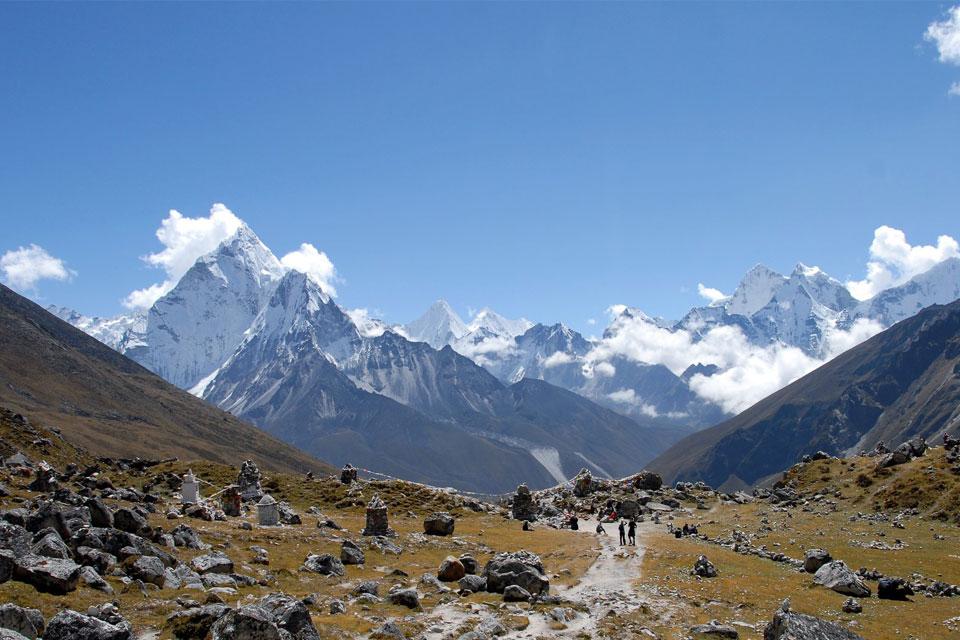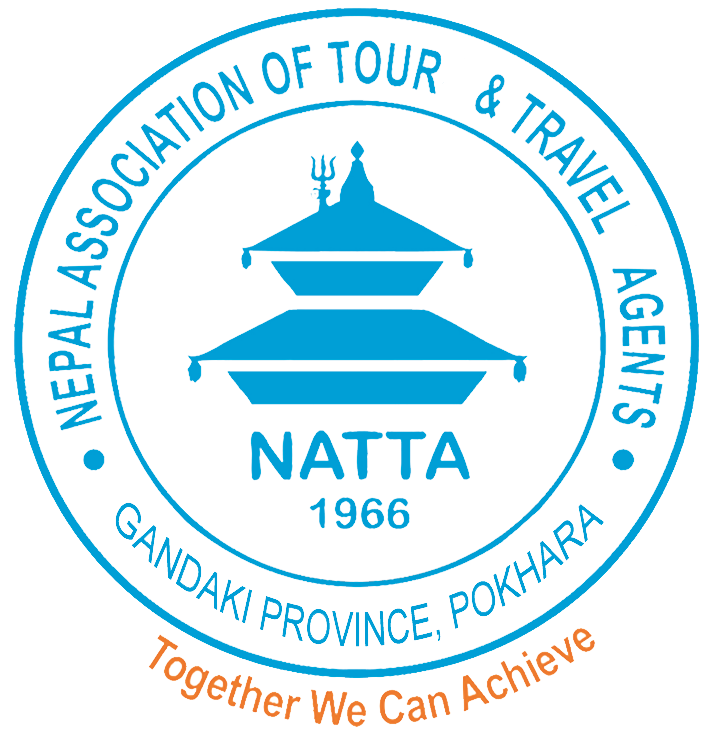Everest High Passes Trek
Trip Overview
Trip at a Glance
Everest High Passes Trek
If you love a challenging trek in the high altitude of mountain wilderness, Everest High Passes Trek is the ideal option for you. The trek that takes you to the Everest region has three high and challenging mountain passes to cross along the trail. One of the most challenging treks in the Everest region, this trek can be your next adventure.
What is Everest High Passes Trek like?
Although this trekking adventure in the Everest region is one of the most difficult treks, quite many trekkers take the challenge and go to enjoy the adventure. As the name suggests, you need to trek over three quite challenging Himalayan passes during the adventure.
It is a long trek in the Everest region that takes you to trek over the Renjo La Pass (5,360m), Cho La Pass (5,420m), and Kongma La Pass (5,550m). You will also explore beautiful Gokyo Lakes and Valley and hike to Gokyo Ri (5,357m).
The trek takes you to the Everest Base Camp after crossing Cho La pass, the second one on the adventure. As part of the adventure of trekking over 5,000 meters, you will also hike to Kalapatthar (5,545m) from Gorakshep.
Although the adventure is a beautiful Himalayan excursion, you need to have an excellent fitness level to accomplish the trip. Your willingness to spend a long time in the mountain wilderness away from the world connections is something that you need to have.
This trek, also popular as Three High Passes Trek, is certainly a difficult trek but a wonderful adventure to explore the mountains. The experience you get on the adventure is simply unforgettable and unparalleled.
Why Everest High Passes Trek?
It is a difficult and challenging yet incredible trekking adventure. This can be your next adventure if you –
- Are ready to spend a long time in the wilderness of mountains
- Love to challenge yourself
- Are physically and mentally strong
- Want to get lost and want to enjoy the surreal beauty of the mountains
- Are willing to disconnect yourself from the rest of the world for a long time
- Love the mountains and nature
Detail Itinerary
Is the proposed itinerary suitable for you?
If you are looking for a custom itinerary, please feel free to reach out to our team of professionals at any time.Trip Map

Cost Details
What is included?
- Local Sim card is given by the representative upon arrival at the airport (if more than 3 members in a group)
- Airport pick up and drop facility in a private vehicle
- All surface transportation by Private Car/Jeep/Hiace including Sightseeing and domestic airport transfer
- Three nights Hotel accommodations in Kathmandu on BB plan.
- Three meals (Breakfast, Lunch, and Dinner) during the trekking.
- Guide and Porters Charges including salary, insurances, food and accommodation, equipment and gears
- Domestic Air Fare from (Kathmandu - Lukla - Kathmandu) both ways.
- Sagarmatha National Park Fee & TIMS card
- All applicable taxes for local and government services
- Step On Himalaya T-shirt, trekking map and trip achievement certificate
- Down jacket and sleeping bag during the trek
- Duffle bag for the trekking
What is not included?
- Nepal Entry Visa Fee
- International Airfare
- Personal Expenses (Tips, phone calls, laundry, bar bills, extra porter, hot water, hot shower, tea/coffee, and any beverages, etc.)
- Medical and Travel Insurance
- Emergency Evacuation or Rescue Service charges
- All drinks and beverages
- Tips and perks to the trekking staffs including driver
- Anything not mentioned in “INCLUDED” section












